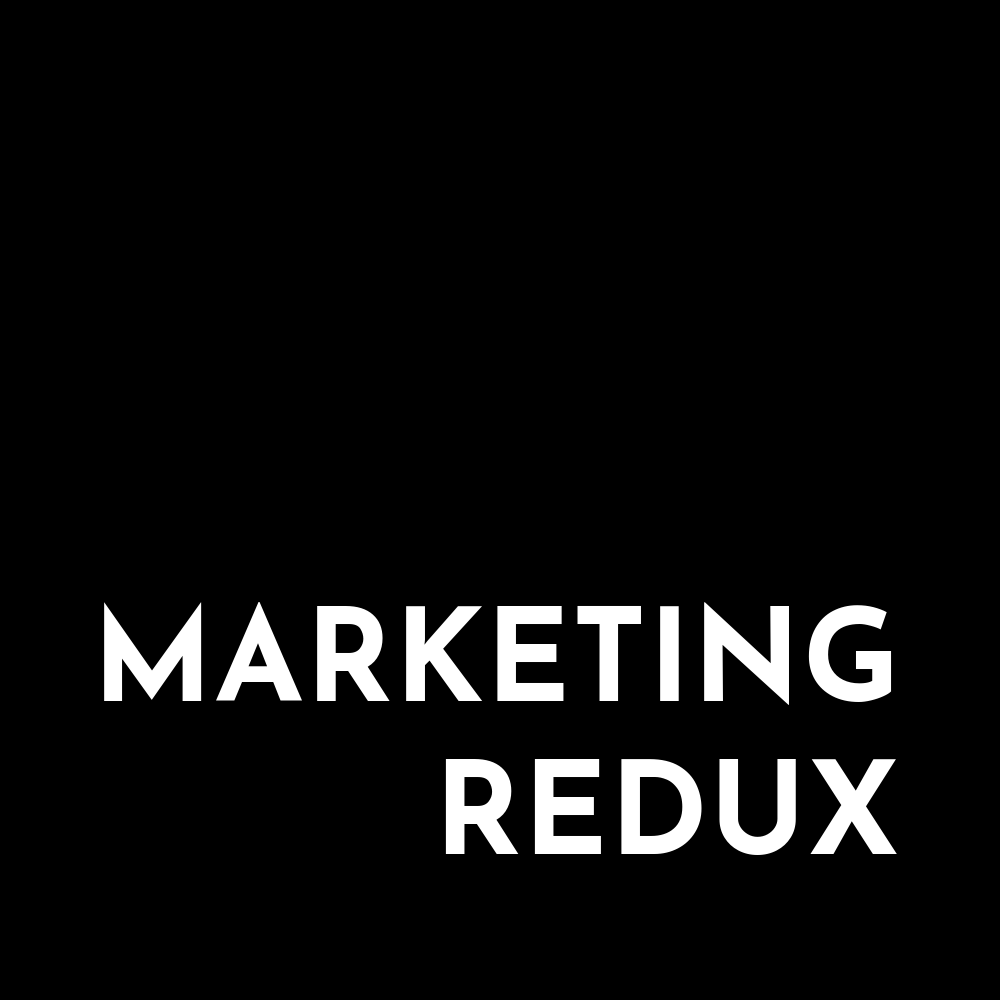Setting up and tracking metrics will make you a better marketer. One thing about metrics is that calculating information is time-consuming. Especially if you need to pull data, format, and build a diagram. I like these specific options because they can help a business understand a lot of different data points and build them into dashboards. I recognize there are a lot of options and these are a few I am familiar with. If you have something you want to share feel free to shoot me an email.
I find these tools valuable based on the integrations and cost. Marketing today has a lot of channels and the means to report on data is invaluable. One specific value is spreadsheets and automatic reporting. I like the ability to have realtime reports from a spreadsheet that you can access on a moments notice. Especially the items that a boss or client might want. The cost of these two won’t break the bank at a starter level and can scale to an extent. Probably one caveat may be that larger brands will want to find another tool that is even more robust.
Databox

Pro: I like Databox because of the ease of use. There are 70+ integrations for some of the more popular platforms. The major benefit is the calculations tool, which is much easier to use than Klipfolio. It is simple, and for most small business the ease of use is a win.
Cons: Although the connections have some of the more common tools you may find that you need Zapier to help or a tool that isn’t going to fit into the tool. The price seems like there are only two options even though there are four. The free version gives a taste for the product but doesn’t seem like enough so you will likely upgrade to the first paid tier. Also, there is little differentiation between the first and second paid options. The other issue is that you get ten datasets, which seems to me that you if you need more data then upgrading seems the best option but hitting the top of the pricing bracket.
Klipfolio

Pros: Klipfolio for a reporting tool has +300 integrations. If you need integrations for a lot of different data point, this might be the tool for you. Also, this pricing is very competitive for both business users and agencies. As your usage grows, so does your ability to scale with users and additional dashboards.
Cons: My biggest complaint with Klipfolio’s formulas section is that it is a little more challenging and has a learning curve. So if you don’t want to roll up your sleeves, then you’ll need to hire someone. There are plenty of resources to learn it, but this would create additional time and effort.
Woopra
Pros: Woopra is a great resource for analytics, especially if you don’t like Google Analytics. It has some additional integrations with other platforms so you can have a clear reporting between other marketing tools like email, website, and social media marketing with up to 500k interactions per month. Small businesses who may not have that much traffic/interactions might find this as a useful tool. With the free version, you get a lot of quality integrations for stats and reporting.
Cons: The caveat is that the advertising integrations require a paid feature which doesn’t seem so bad until you see the price point. The paid version starts at $999/mo (at the time of writing) which requires quite the jump from free if you want to integrate ads.
Google Data Studio
Pros: Google Data Studio is a great way to evaluate data. This tool is free to just about anybody and can help you make charts and dashboards for visual presentations. It works with Google Analytics and can have data from spreadsheets imported in. This is especially a benefit if you are a solid user of Google Sheets.
Cons: Google Data Studio does have integrations but it requires the use of 3rd party partners to provide the connection. The negative in my mind is that you will need to pay a partner for the integration.
Conclusion
Real-time marketing reports can help businesses make informed decisions quickly and efficiently. By utilizing these tools you may find time savings while improving marketing outcomes. As an agile marketer, reporting can help with continuous innovation, testing, and reporting.
Are there any tools that should be listed here? Feel free to reach out and let us know.

